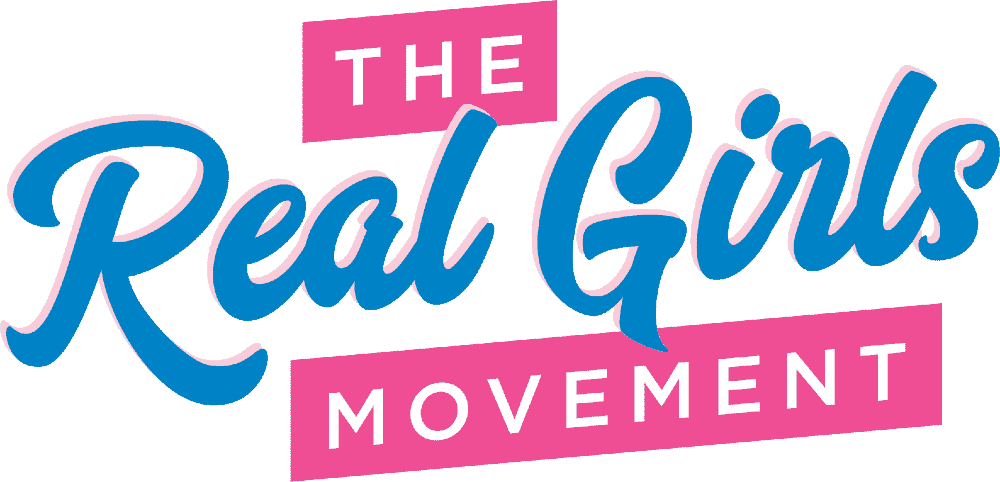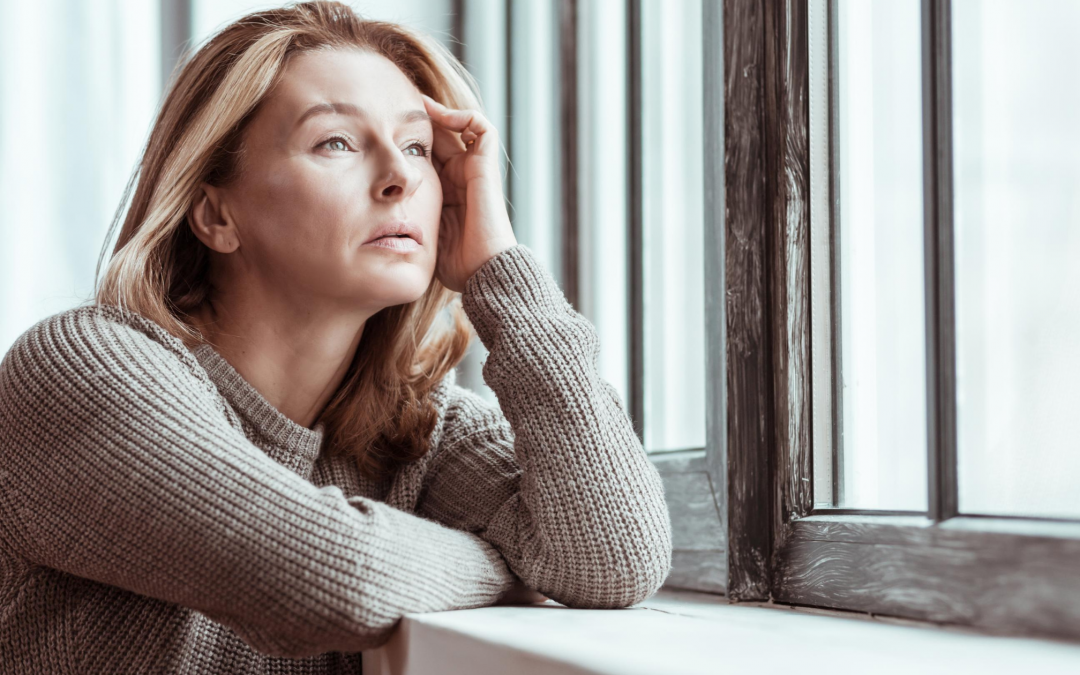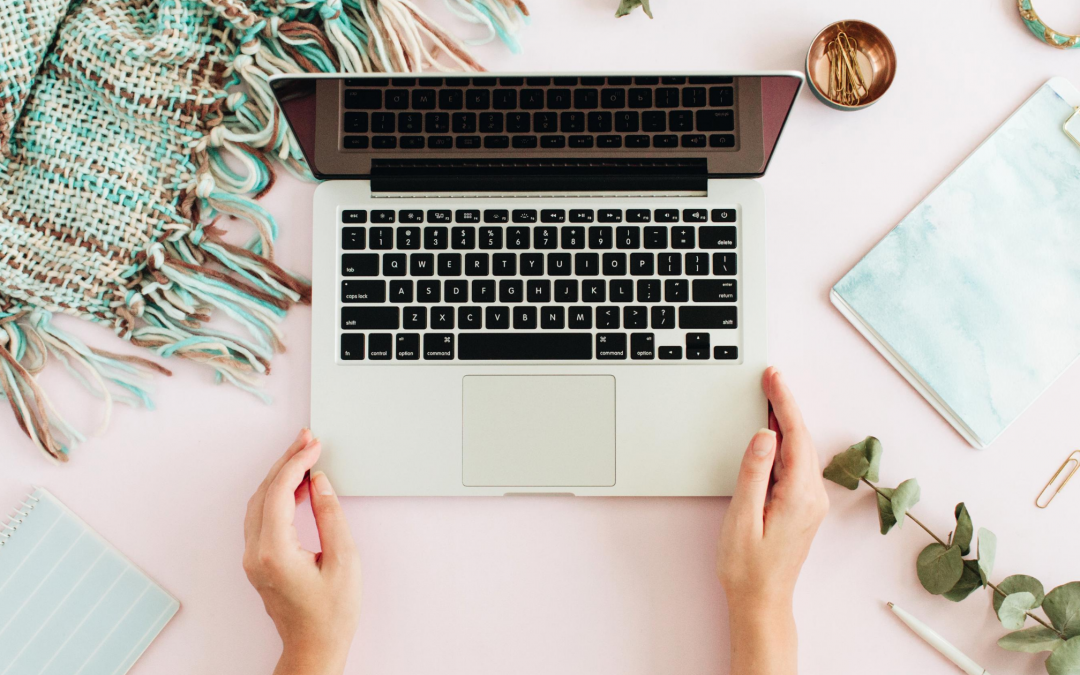When you’re in the depths of worry or anxiety, it can be hard to focus on anything but your racing thoughts. You can feel stuck inside your head, inside a situation that won’t let up … on a loop with no end in sight.
So how do you break the cycle of worrying thoughts? With mindfulness and meditation? With stress-relieving or relaxation techniques?
Jean Hailes Head of Translation, Education and Communication, Dr Helen Brown, suggests an additional tool for your self-help kit – getting out of your head, into your body and being physically active.
“Research supports that physical activity can improve mental health. Not only is it a great way to prevent anxiety, it’s also a fantastic way to relieve it,” she says.
As well as being part of the senior leadership team at Jean Hailes, Dr Brown is a renowned thought leader in the fields of physical activity, lifestyle and behaviour change.
“As women, we are often encouraged by society to see being active as a tool to help us look good,” she says. “But in reality, it’s just as important to be active for our mental health, helping us to feel good. Physical activity is not just for maintaining our physical health and toning muscle or losing fat – moving our bodies is key to a healthy mind, including reducing anxiety.”
The body-brain link
So how does movement affect mental health? What’s the connection between body and brain? Dr Brown explains.
“Physical activity can elevate our mood and boost our levels of ‘happy hormones’ such as serotonin,” she says. “Being active is a natural antidepressant and decreases our levels of the stress hormone, cortisol, which often becomes elevated in anxiety or anxious situations.
“What’s also really interesting is that physical activity appears to train the brain to better handle stress. The science is showing us that physical activity actually helps our minds cope with psychological challenges.”
This positive effect of exercise can be particularly helpful when there’s a stressful situation you find difficult to control. For example, if you suddenly get assigned an urgent but last-minute task at work, you may not be able to change the situation, but being physically fit may improve how you mentally respond and cope with the added stress.
Putting it into practice
When we talk about managing anxiety, it’s important to know that worry and anxiety are normal and healthy parts of being human. They help to protect us from dangerous situations and can motivate us to achieve and accomplish great things.
However, when anxiety starts to disrupt your daily life, when you start avoiding normal situations for fear of triggering uncomfortable feelings and thoughts, then you may need some help.
“To use physical activity as a way to help manage anxiety, you don’t have to overhaul your whole lifestyle to feel the effects,” says Dr Brown. “It could be as simple as taking a walk each day at lunchtime, or walking the dog after work. Moderate and regular activity is key.
“It’s also important to realise that it doesn’t have to be strictly ‘exercise’, such as scheduled sport or dedicated gym training. Anything where you’re physically active counts; from doing the housework with vigour to taking the stairs instead of the lift.”
Part of the plan
Dr Brown recommends that all women with an anxiety disorder or issues with anxiety should seek help from a medical professional. However, including at least 2.5 hours of moderate-intensity physical activity across a week is a great step towards preventing chronic anxiety.
“Of course, other therapies such as cognitive behaviour therapy (CBT), mindfulness, meditation and anti-anxiety medication definitely have their place, depending on the individual,” says Dr Brown. “However, being physically active is beneficial for all aspects of our health and can be done by anyone, anywhere. It can be easily used alongside these other therapies for added benefit. Plus, there are no side effects from being more physically active – except positive ones!”
Note: If you try physical activity as a way to manage your anxiety and it’s still a problem after two or three days, speak to your GP about other ways to support your mental health.
Learn more about ways to manage worry, anxiety and anxiety disorders by visiting the Jean Hailes Anxiety hub.
Published with the permission of Jean Hailes for Women’s Health
jeanhailes.org.au
1800 JEAN HAILES (532 642)



